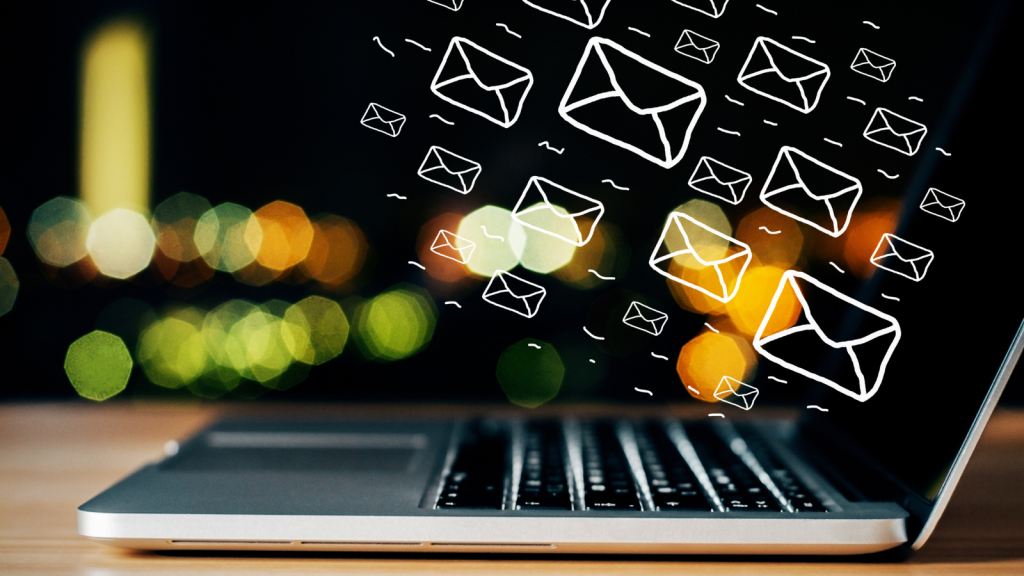Meet Jake, a digital marketer who’s been struggling with declining email engagement. He spends hours crafting the perfect email, choosing the best images, and writing compelling copy—yet, his open and click-through rates are dropping. Frustrated, he wonders what he’s missing. That’s when he stumbles upon a hidden gem—email engagement strategies that use cutting-edge NLP (Natural Language Processing) techniques. Within weeks, his emails start getting noticed, and conversions soar.
If you’re like Jake and want to transform your email marketing campaigns, this guide is for you. Let’s explore untold tips and tricks that will boost your email engagement rates and keep your audience hooked.
Why Email Engagement Matters
Before diving into strategies, let’s understand why engagement is so crucial. An engaged audience:
- Opens your emails regularly.
- Clicks on your links and takes action.
- Trusts your brand and looks forward to your content.
A disengaged audience? They ignore your emails, delete them, or worse—mark them as spam. To avoid this, you need to capture attention, provide value, and create a sense of anticipation.
1. Master the Art of Subject Lines
Your subject line is the first thing recipients see, and it determines whether they open your email or ignore it.
Hidden Tricks to Write Irresistible Subject Lines:
- Use NLP-Powered Personalization: Instead of generic subject lines, leverage AI tools to analyze past interactions and personalize the subject line. Example: “Jake, Your Exclusive 20% Discount Awaits!”
- Emotional Triggers Work Wonders: Words like “exclusive,” “urgent,” “breaking,” and “limited-time” create curiosity.
- A/B Test Subject Lines: Experiment with different styles—questions, emojis, or first-name personalization—and track what resonates best.
Example: Instead of “Sale on Shoes,” try “ HURRY! 50% Off Your Favorite Sneakers – Today Only!”
2. Timing is Everything—Send Emails When They’re Most Likely to Be Opened
- Studies show that the best days to send emails are Tuesday and Thursday.
- Best time? Between 10 AM – 11 AM for B2B emails and 8 PM – 10 PM for B2C emails.
- Pro Tip: Use AI-powered scheduling tools that analyze user behavior and adjust sending times for each recipient.
Imagine sending an email at midnight when your audience is asleep. Not ideal, right? NLP tools can predict when your users are most active and schedule accordingly.
3. Craft Emails That Feel Personal and Conversational
No one wants to read robotic or salesy emails. People engage with content that feels real and relatable.
How to Do It:
- Write as if you’re talking to a friend. Keep it conversational and warm.
- Use second-person (“you”) to make it about the reader.
- Include storytelling (like Jake’s) to create a connection.
- Use AI-powered NLP tools to adjust tone and sentiment based on recipient behavior.
Example: Instead of “Click here to buy now,” try “Hey [Name], we saved this just for you—take a peek!”
4. Use Interactive and Visual Elements
People don’t want to read walls of text. Add engaging elements like:
- GIFs and Videos: Emails with videos increase click rates by 65%.
- Surveys & Polls: Encourage responses with simple yes/no polls.
- Gamification: Scratch-to-reveal offers or countdown timers create excitement.
Example: Instead of a static image, try embedding a short video greeting from your CEO.
5. Segmentation: Send the Right Message to the Right Audience
Sending the same email to everyone is a big mistake. Segment your list based on:
- Purchase history
- Engagement levels
- Geographic location
- Demographic data
Example: A returning customer receives a VIP discount, while a new subscriber gets a welcome email.
6. Create a Sense of Urgency and Exclusivity
- FOMO (Fear of Missing Out) works! Limited-time offers, countdowns, and stock scarcity drive action.
- Exclusive Access: Make recipients feel special with early access to deals.
Example: “⚡ Only 5 Spots Left! Secure Yours Now.”
7. Optimize Your CTA (Call-to-Action) for More Clicks
A weak CTA means lost conversions. To improve:
- Use action-driven phrases: “Grab Yours Now” vs. “Click Here.”
- Keep it short and visible.
- Add mobile-friendly buttons.
Example: Instead of a boring “Learn More,” try “ See It in Action.”
8. Reduce Unsubscribes by Managing Email Frequency
Sending too many emails? 69% of users unsubscribe due to excessive emails.
Solution:
- Allow subscribers to choose their email frequency (weekly, monthly, etc.).
- Use AI-powered algorithms to detect when someone might unsubscribe and reduce email frequency.
Example: Instead of losing a subscriber, offer an option: “Would you like to receive fewer emails?”
9. Implement NLP-Powered Sentiment Analysis
NLP helps analyze recipient behavior and predict:
- When they’re losing interest (to prevent unsubscribes).
- What type of content they prefer.
- How they feel about your brand.
Example: If a recipient stops opening emails, NLP can trigger a re-engagement campaign with a special incentive.
Final Thoughts: Your Next Steps to Better Email Engagement
Jake transformed his email marketing game by implementing these strategies, and so can you! Enhancing engagement isn’t about luck—it’s about understanding your audience, using the right tools, and continuously optimizing.
Are you ready to level up your email marketing? Start implementing these tips today and watch your engagement rates soar!

